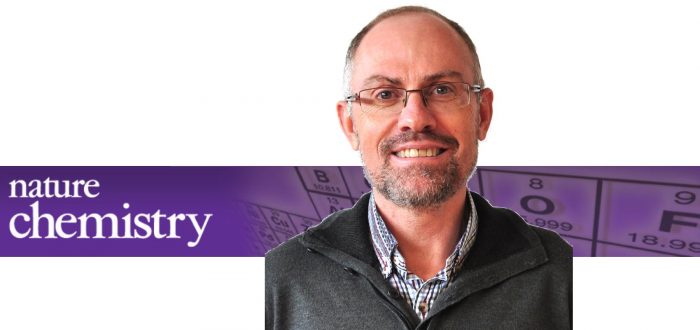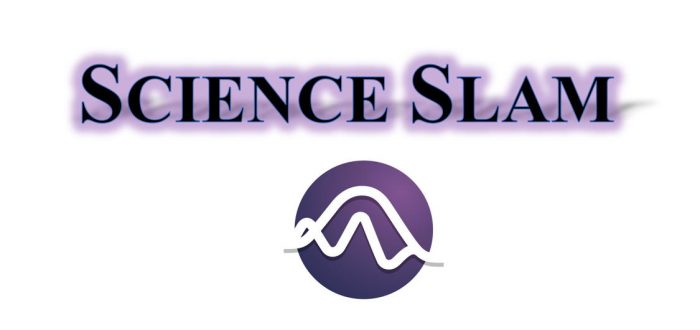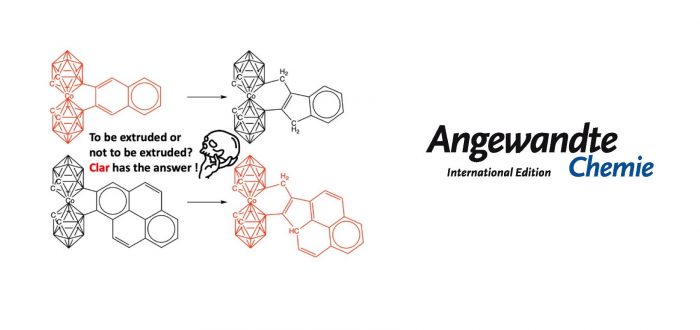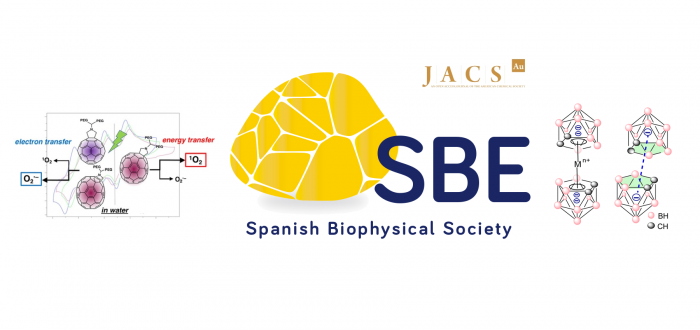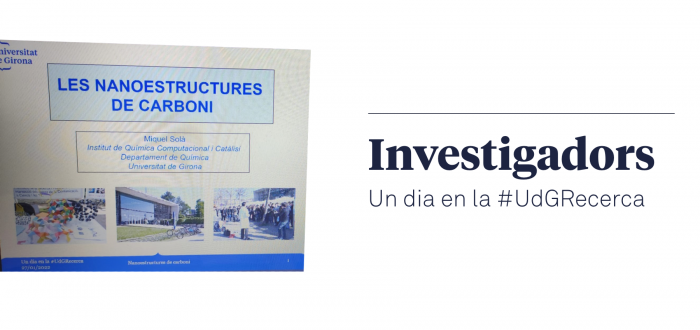Since the formulation of the Hückel’s rule, a variety of rules have been proposed to determine if a molecule is aromatic. These allow chemists to better understand molecules and their behavior, as well as identify the formation or elimination of (anti)aromatic species in a reaction, which helps understand and predict possible outcomes. In this comment
- sec.iqcc@udg.edu
- +34 972 41 83 57
Category: Miquel Solà news
Several fully ?-conjugated macrocycles with puckered or cage-type structures were recently found to exhibit aromatic character according to both experiments and computations. We examine their electronic structures and put them in relation to 3D-aromatic molecules (e.g., closo-boranes) and to 2D-aromatic polycyclic aromatic hydrocarbons. Using qualitative theory combined with quantum chemical calculations, we find that the
The Journal of Organic Chemistry features on its front cover the recently published research article “Successive Diels–Alder Cycloadditions of Cyclopentadiene to [10]CPP?C60: A Computational Study”. The cover art describes computationally the functionalization of the [10]CPP?C60 by cyclopentadiene through successive Diels–Alder cycloadditions reaching the hexakis adduct system. The graphics depict the successive cycloadditions over the [10]CPP?C60
Since 2015 the IQCC is organizing a Science Slam. Next week on Thursday May 12th the IQCC organizes the sixth edition to show the most representative research projects of the Institute to a wide audience. The research carried out within each of the research teams of the IQCC will be briefly summarized by the PIs
Benzene and pyrene can be synthetically linked to [ o -COSAN] – keeping their aromaticity. At difference, naphthalene and anthracene are extruded in the same reaction. We have proven that extrusion is only favorable if the number of Clar’s ?-sextets remains constant. Thus, Clar has the answer to whether an attached polycyclic aromatic hydrocarbon to
The last two JACS Au papers of Prof. Miquel Solà have been highlighted in October and November by the Spanish Biophysical Society: Photoinduced Reactions of C60 and C70 in Water Three types of water-soluble fullerene derivatives were prepared from their Prato adducts by conjugation with PEG. One Prato derivative of C60 ([6,6]-addition) and two Prato derivatives
Last January 27th, more than 1000 pupils from different high schools all around Catalonia participated in the live conference by Miquel Solà. They could learn what a chemist does, in particular about carbon nanostructures. This talk belongs to the seminar program offered by the Universitat de Girona “Un dia a la #UdGRecerca”, with two conferences at the
XRE4S (https://xre4s.cat/) is a multidisciplinary and transversal ecosystem that gathers the expertise in the energy field on the main universities and research centers in Catalonia. The main goal is to promote the technology transfer and valorisation of energy technologies to industry and society. Actually, XRE4S involves 39 research groups in 14 academia centers with more
In the oriented external electric field-driven catalysis, the reaction rates and the selectivity of chemical reactions can be tuned at will. The activation barriers of chemical reactions within external electric fields of several strengths and directions can be computationally modelled. However, the calculation of all the required field-dependent transition states and reactants is computationally demanding,
The IQCC is starting a new series of online talks to address challenges in the research fields where the IQCC is playing a role, through the investigations of one of the Principal Investigators. An external expert is invited to give a seminar, together with one of the junior researchers of the IQCC. These complementary views will highlight

